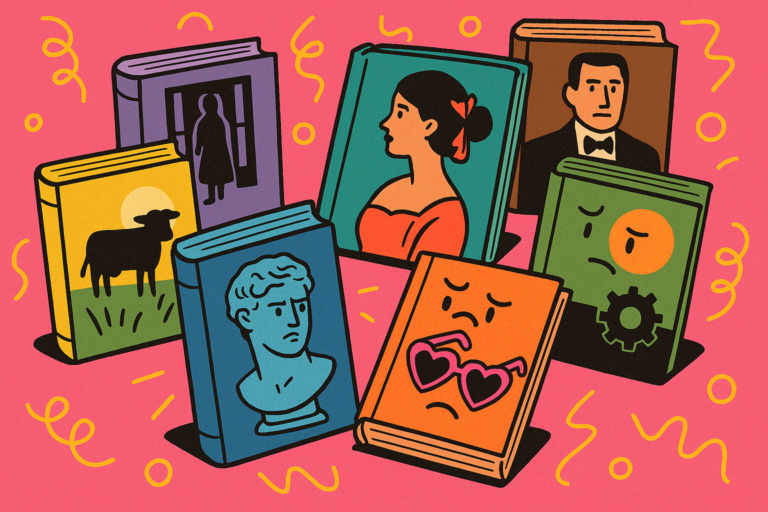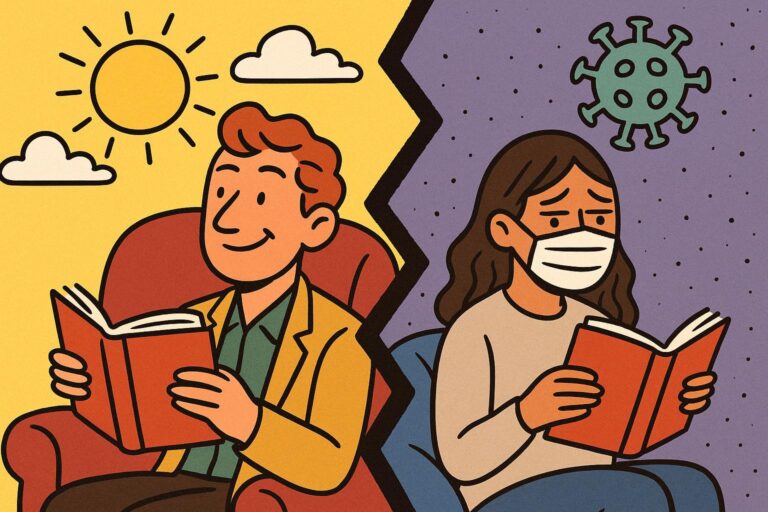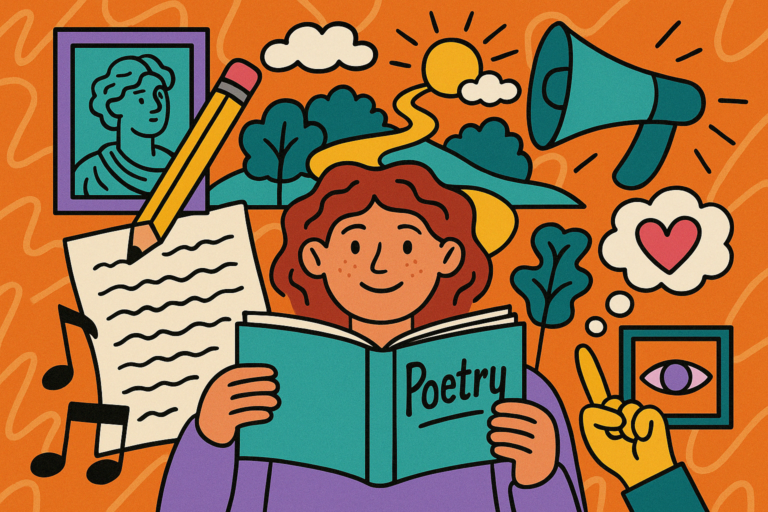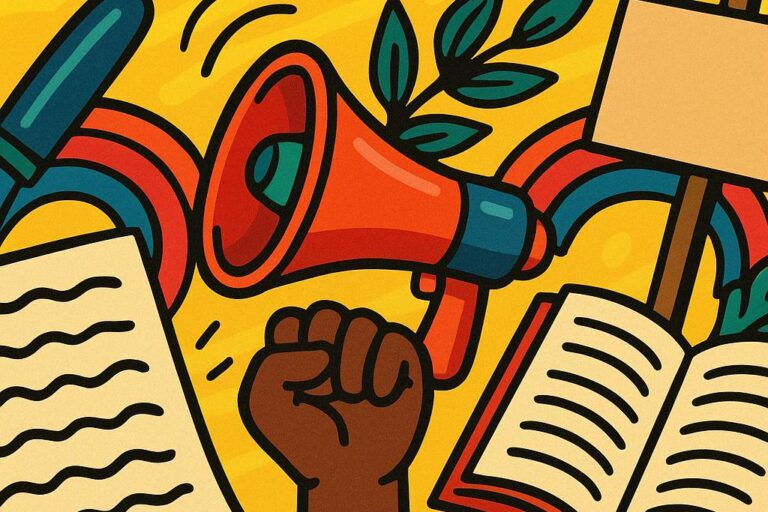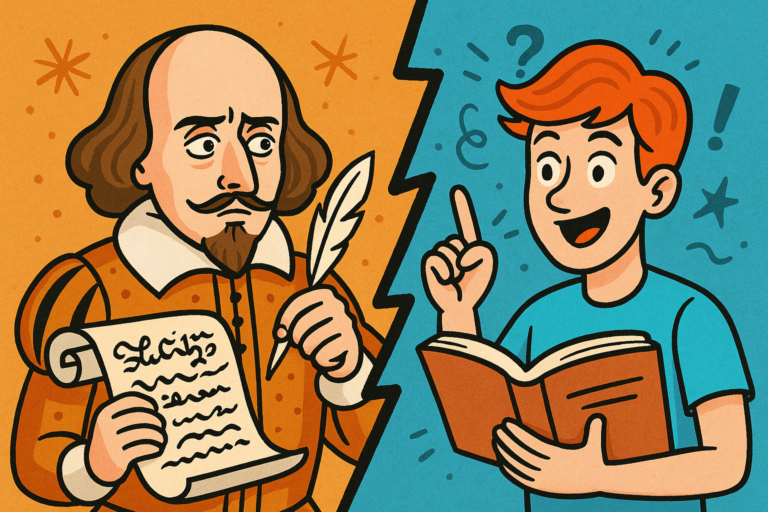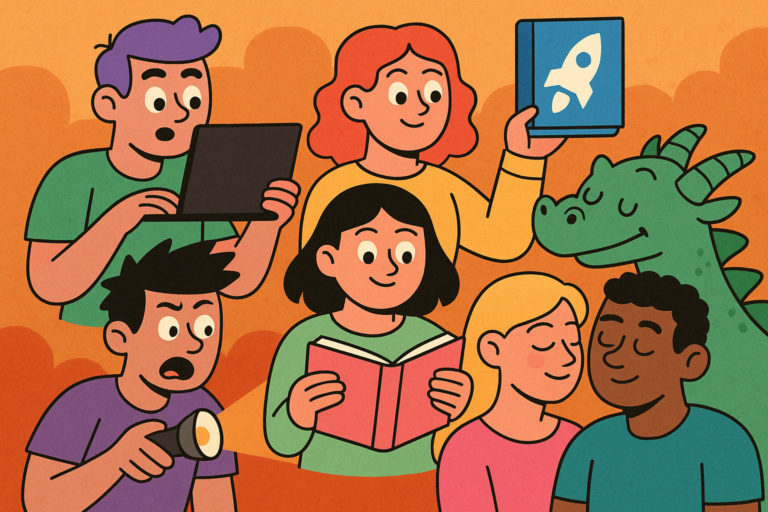The Overlap Between Song Lyrics And Poetry And Their Literary Value
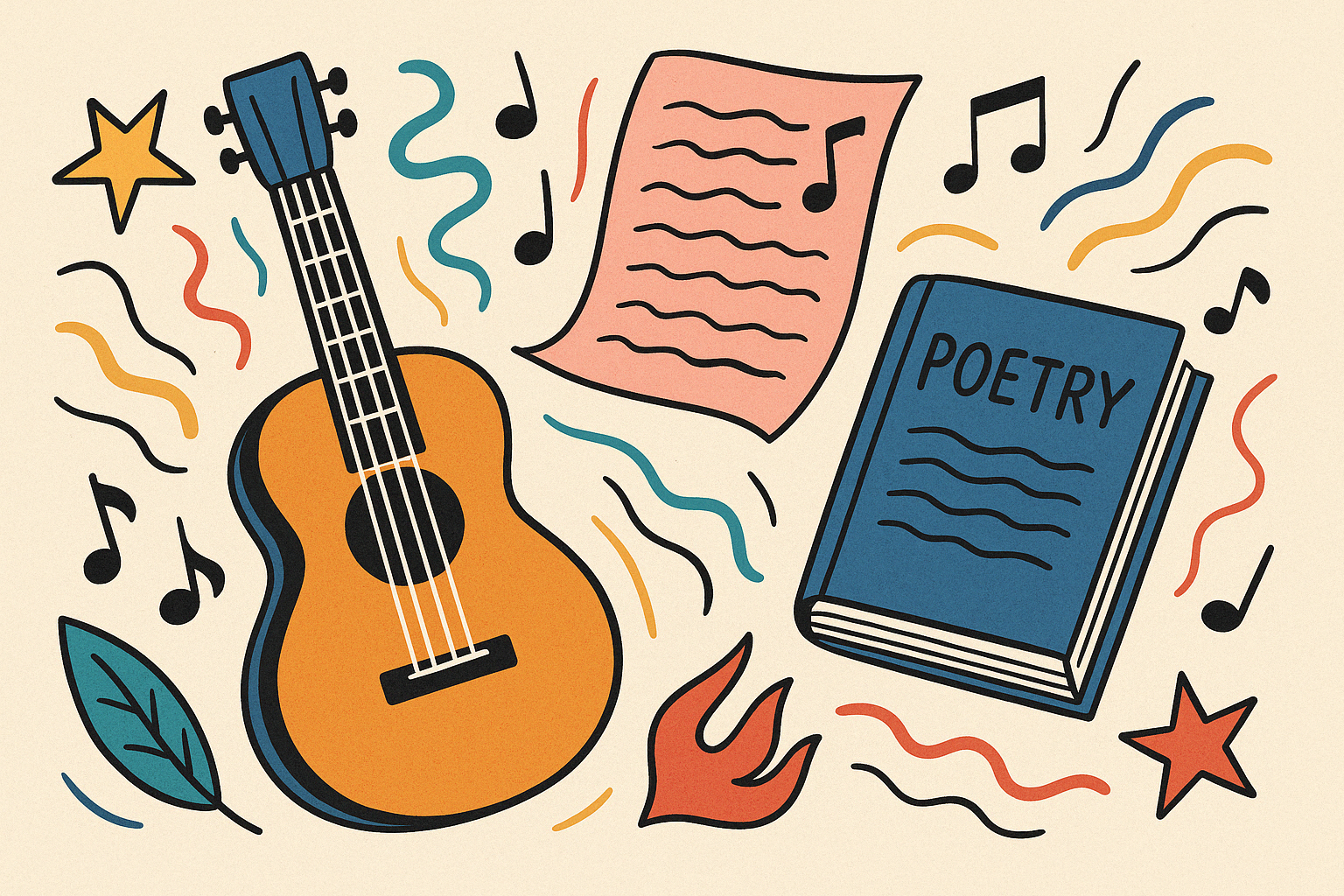
Why do we keep drawing this hard line between poetry and song lyrics, especially when they’ve shared so much creative DNA for centuries?
I get that there are differences—performance, collaboration, the role of music—but still, both use language to evoke emotion, paint imagery, and communicate ideas rhythmically. And yet, poetry ends up in textbooks and anthologies, while lyrics often get left behind in terms of “serious” literary value.
This isn’t a new debate, I know.
But the deeper I dug, the more I found that this division is less about the art itself and more about how we contextualize it.
And that’s what I want to explore here: where they overlap, where they diverge, and what we might be missing by treating them like two separate worlds.
Where Lyrics and Poetry Speak the Same Language
When you strip music away from lyrics—or even imagine poetry set to a beat—the overlap becomes obvious. I’m not saying all lyrics are poems (just like not all poems are good), but structurally and stylistically, they often use the same exact tools. And here’s where it gets interesting.
Rhythm and Meter Aren’t Just Technicalities
You don’t need to be a prosody geek to notice that meter in poetry and rhythm in music are cousins. Poetic meter—say, iambic pentameter—has a kind of pulse, right? Same with a 4/4 time signature in a pop song.
Think of the Beatles’ “Blackbird” and how it uses a steady rhythmic pattern that almost feels like blank verse.
And then there’s hip-hop.
Kendrick Lamar, for instance, manipulates rhythm with the precision of a formal poet. In “FEAR.” from DAMN., he switches flows mid-track in a way that’s basically enjambment with breath control.
That kind of attention to meter is pure poetic instinct.
Imagery and Symbolism: They Hit Just as Hard in Lyrics
If a poem lives and dies by its imagery, then so does a good song lyric. Take Joni Mitchell’s “A Case of You”:
“I could drink a case of you, and still be on my feet.”
That’s not just a metaphor—it’s emotional shorthand. It’s saying this love is intoxicating but doesn’t break me. You’d find that same depth in a line by someone like Adrienne Rich or Frank O’Hara.
And think about Leonard Cohen’s “Suzanne” or “Famous Blue Raincoat”—there’s a surrealism in his images that plays just like the poets he admired (he was a poet, of course, before he was a singer).
Voice and Persona Aren’t Exclusive to the Page
Poets and lyricists both use voice and persona to shape meaning. Sylvia Plath’s confessional tone in “Lady Lazarus” feels eerily close to the vulnerability in something like Elliott Smith’s “Between the Bars.” You’re hearing someone step into a constructed self, even if it sounds deeply personal.
In both cases, we’re not just hearing a person—we’re hearing a crafted voice, filtered through rhythm, tone, and language. That’s literature, full stop.
Structure is Just Packaging for Emotion
Sure, songs have verse-chorus-bridge, and poems have forms like the sonnet or villanelle. But functionally, they do the same thing: guide emotional and narrative progression. A chorus is just a refrain, right? And a bridge is a volta in music.
Compare that with a sonnet’s shift at the ninth line—same idea. It’s about tension and release, taking the listener (or reader) through a kind of emotional architecture.
Sound Devices Aren’t Just For Aesthetics
Alliteration, assonance, internal rhyme—these aren’t filler techniques. They create cohesion and mood. Just listen to the lyrical density in something like Fiona Apple’s “Under the Table”:
“I would beg to disagree but begging disagrees with me.”
That’s a line packed with sonic layering, and it’s doing double duty—rhythmically tight and emotionally sharp.
There’s more, obviously, but the core idea is: lyrics aren’t borrowing from poetry—they’re participating in the same tradition, just with different tools. And when we start seeing them that way, we can stop asking whether lyrics deserve literary respect and start asking how they’ve been innovating it all along.
Where the Split Happens – Why Lyrics and Poetry Get Treated So Differently
1. Function & Context: Reading vs. Listening
This one feels obvious but has big implications. Poetry is traditionally read, often in solitude, quietly, reflectively. You might underline things, re-read a line a few times, let it breathe.
Lyrics are performed. They’re part of a multi-sensory experience—music, voice, production, rhythm. They’re heard, not read, which changes how we engage with them. You don’t pause mid-chorus to annotate a verse (unless you’re on Genius, I guess).
But here’s the thing: that difference in function often gets misread as a difference in depth. There’s a bias that if you’re not reading it, you’re not thinking about it. But honestly? Sometimes a lyric hits harder because of how it’s performed—not in spite of it.
2. Collaboration vs. Solitude
Poetry is seen (romantically, anyway) as the work of a lone artist. Just the poet, their thoughts, and the page.
Lyrics, on the other hand, are often collaborative. Co-writers, producers, sound engineers—all shaping the final product. Even the performer might not have written the words.
This leads to a weird hierarchy where “authorship” equals authenticity. We treat solo work as more “pure,” while collaborative work feels more manufactured—even when it’s not.
But should it matter? Shakespeare’s plays were collaborative. So were the Iliad and Odyssey, depending on which ancient scholar you believe. Collaboration doesn’t dilute artistry; it just reframes it.
3. Ephemerality vs. Permanence
Poetry is built to last. It’s anthologized, taught, studied over decades or centuries. There’s a sense of timelessness baked in.
Lyrics often feel tied to their moment. They reflect cultural trends, slang, musical genres. A lyric that feels revolutionary today might feel dated in five years.
And that’s true. Pop music is fast-moving. But that doesn’t make it shallow. Just because something captures a fleeting cultural moment doesn’t mean it lacks literary merit. Honestly, that ability to document the present is its own kind of value.
Plus, if we’re being real—there are plenty of 20th-century poems that feel just as dated, but we don’t strip them of status.
4. Publication Medium: Print vs. Performance
Poetry lives in books. Lyrics live in songs. This sounds superficial, but it matters.
When something is printed and bound, it gains a sense of permanence and seriousness. It enters the literary canon more easily. Lyrics are usually floating in the airwaves or buried in album liner notes (RIP to those, by the way).
We don’t always “read” lyrics unless we choose to. So they often get ignored as standalone text. Which is wild, because when you do read lyrics—without music—they can hit like a gut-punch poem.
5. Critical Infrastructure
This is a big one. Poetry has academia behind it. It has journals, MFA programs, historical frameworks, critical theory. It’s got an entire scaffolding designed to preserve and analyze it.
Lyrics?
Not so much. They’re studied in some musicology or cultural studies departments, sure. But it’s not widespread, and even when it is, the focus often leans more toward the cultural impact than the text itself.
Without that critical infrastructure, lyrics don’t get the same kind of literary framing—even when they deserve it. And let’s be honest, the gatekeeping in literary studies doesn’t help.
6. Perceived Accessibility
This one might be the most frustrating of all.
Lyrics are popular. People listen to them in their cars, at the gym, at parties. They’re made for everyone. And because they’re accessible, they’re often seen as less “serious.”
Meanwhile, poetry (especially the kind that ends up in literary journals) is often dense, abstract, even obscure. And for some reason, difficulty gets mistaken for depth.
But accessibility doesn’t equal simplicity. A Taylor Swift lyric might hit harder emotionally—and be crafted more cleverly—than a poem that takes three readings to decode. (Yes, I said it.)
So yeah, there are differences. Real ones. But none of them have to imply that lyrics are less literary. What they actually show is that our systems for judging value are often skewed toward traditional forms—not necessarily better ones.
When Lyrics Go Full Literary—And People Start to Notice
Now that we’ve unpacked all the reasons lyrics get sidelined, let’s talk about the artists who’ve broken through—the ones whose lyrics are taken seriously not just in pop culture, but in literary circles too.
Some of them you’ll definitely know. Others might surprise you. What unites them is that their work challenges the old boundaries and forces people to rethink what counts as literature.
1. Bob Dylan – The Nobel Debate That Broke the Internet (Kind Of)
Let’s start with the big one. When Bob Dylan won the Nobel Prize in Literature in 2016, it was polarizing, to say the least.
The Nobel committee cited him “for having created new poetic expressions within the great American song tradition.” A lot of people cheered. A lot of others said, Wait, lyrics? Really?
But here’s the thing—Dylan’s lyrics are poetry. Take these lines from “It’s Alright, Ma (I’m Only Bleeding)”:
“He not busy being born is busy dying.”
That’s tight, existential, layered. You could stick that in a contemporary poetry collection and nobody would blink. The literary value’s right there—it just happens to come with a harmonica solo.
2. Leonard Cohen – Poet First, Singer Second
Before he was writing “Hallelujah” or “Suzanne,” Leonard Cohen was publishing books of poetry. His first, Let Us Compare Mythologies, came out in 1956. His poetic background shaped his lyrics in deeply obvious ways.
From “Famous Blue Raincoat”:
“And you treated my woman to a flake of your life
And when she came back she was nobody’s wife”
That’s not just narrative; that’s emotional economy. That’s compression, metaphor, and layered voice—all hallmarks of poetic writing.
Cohen blurred the line so much that his books and albums felt like two versions of the same work. And again, if you print his lyrics in a book (which many publishers have), they read like standalone poems.
3. Patti Smith – The Punk Poet
Patti Smith might be the most obvious bridge between poetry and rock music. She’s literally done both—won a National Book Award for her memoir Just Kids, and also released albums like Horses that read like beat poetry with a distortion pedal.
She started as a poet in the NYC scene, hanging out with people like Allen Ginsberg, and her lyrics reflect that same raw, experimental style.
Take “Birdland”:
“He put his hands / He put his hands inside / He put his hands inside the ooooocean”
That repetition, that movement—it’s pure oral poetry. Spoken-word meets rock ‘n’ roll.
Lyrics in the Classroom
And now, we’re seeing more and more lyrics in academic spaces. Courses on Dylan, Beyoncé, Kendrick Lamar. Anthologies that include lyrics alongside formal verse. Even literary journals like The Paris Review occasionally run lyric analysis.
It’s happening slowly, but it’s happening.
Because once you strip away the production and just read the words, you realize a lot of this stuff has been literary all along—we just didn’t have the framework to see it that way.
A Little Wrap-Up
So yeah—poetry and lyrics?
Not enemies. Not even distant cousins.
They’re basically the same creative impulse wearing different outfits.
One shows up at the page in silence, the other sings its way into your brain. But both want the same thing: to make you feel something, to capture a moment, to say what can’t just be said.
And maybe that’s the real takeaway—literary value isn’t about the form, it’s about what the words do.
Thanks for letting me nerd out about this. Honestly, I learned a ton putting it all together. Hope you did too.
